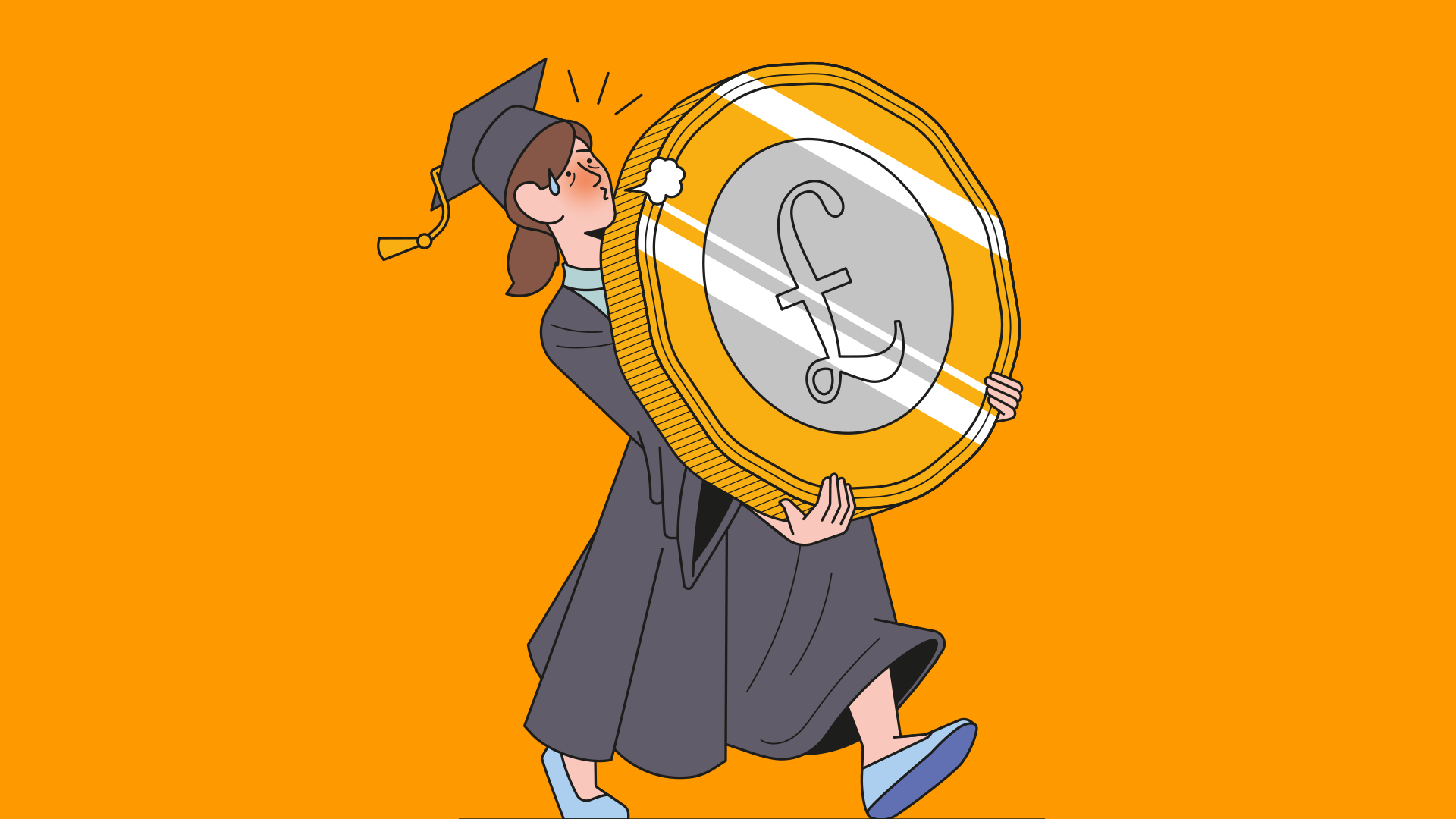The interest rate
Previously, students were charged the rate of inflation plus another 3% interest on top while at university. However, post-pandemic inflation saw student loan interest rates rise to around 13%. While the government has capped those rates, from September 2023 new students will still be charged 7.1%, which is well above the rate at which the government can borrow.
Some experts argue that the amount of interest charged does not matter as it is the repayment rate that counts the most. Intergenerational Foundation (IF) calls this just another form of intergenerational unfairness, placing too much of the burden of wanting a higher education on the shoulders of individual students rather than seeing higher education as a form of public investment in the doctors, policemen, nurses and other professions on which our GDP depends.
The repayment threshold
The student loan system is income contingent, meaning graduates do not have to start paying back their loans until they earn over a set threshold. Theresa May acknowledged that students had been hard hit and raised the repayment threshold in line with inflation. The current government appears to be less sympathetic and has instead lowered that threshold to £25,000 using a tax trick called fiscal drag – which literally pulls lower earners into the repayment system sooner.
The repayment rate
Again, the current government could have reduced the repayment rate in order to help young people cope with the crippling cost of living crisis driven largely by inflation and high housing costs – since food and energy prices affect their generation as much as any other. Instead, the government has kept the repayment rate at 9%. If reform is ever on the agenda then reducing the repayment rate would be the most helpful to the young.
What is the government trying to achieve by pursuing this strategy?
The current government seems to be wedded to the idea of the marketisation of higher education, and refuses to accept that former university minister David Willetts’s grand experiment of turning higher education into a market, upon which he defended the tripling of tuition fees, has failed. There is no market. Most institutions rushed straight to full £9,000 fees when they were tripled in 2012.
Since then, higher education institutions have gorged on student debt, grand expansion projects and pay and pension perks. Let us not forget the £700,000 pay and pensions package rewarded to one vice chancellor, or Louise Richardson, former VC of Oxford University, commenting that vice chancellor pay should be likened to the international football market. Those with skin in the game forget that football markets are commercial, while higher education institutions should be run for the public good.
Advertising helps fund Big Issue’s mission to end poverty
The Blair dream of sending 50% of young people on to higher education, may not be in the best interests of young people today. When close to 50% of recent graduates are working in non-grad jobs (over 30% for non-recent graduates) do we need to have a national conversation about whether 40 years of student debt, with no graduate pay premium, is worth it? Are there better routes into the workplace via degree apprenticeships, or apprenticeships? Until these different markets mature, what teacher or parent wants to discourage their child from getting a higher qualification?
Who benefits from student debt?
Now that student debt has to be accounted for on the government balance sheet and cannot be sold off to the private sector, there seems little point in front-loading debt, charging high rates of interest or demanding high repayments, all of which was used to create a new asset class. We already have a progressive tax system, one in which the more a person earns, the more tax they pay. Students are definitely not the winners if they are left with 40 years of repayment without any increase in pay to show for it.
Student maintenance loans
While other generations have seen their benefits rise by inflation year-on-year during the cost of living crisis, students have been pretty much ghosted by policymakers. Student maintenance loans will increase by just 2.8% from September, resulting in many more students having to live at home – if they have a home to live in. No wonder the number of students with part-time jobs has risen by 25% in the last year. Hidden homelessness is also on the rise. A 2022 survey by the National Union of Students in Scotland found that 12% of students had experienced homelessness since starting their studies, rising to one in three among estranged and care-experienced students.
Get the latest news and insight into how the Big Issue magazine is made by signing up for the Inside Big Issue newsletter
What can be done?
Intergenerational Foundation believes that higher education should be a public good that enriches society and provides the highly educated workers on which our economy depends. International comparisons demonstrate that a free higher education system is achievable, especially when we already have a progressive tax system, one that charges more tax the more people earn. After everything the young gave up to shield older generations during the Covid-19 pandemic, the least we could do for them is to invest in their futures more fairly.
Liz Emerson is the co-founder of Intergenerational Foundation
Advertising helps fund Big Issue’s mission to end poverty
Do you have a story to tell or opinions to share about this? We want to hear from you. Get in touch and tell us more.
This article is taken from The Big Issue magazine, which exists to give homeless, long-term unemployed and marginalised people the opportunity to earn an income.
To support our work buy a copy! If you cannot reach your local vendor, you can still click HERE to subscribe to The Big Issue today or give a gift subscription to a friend or family member.









